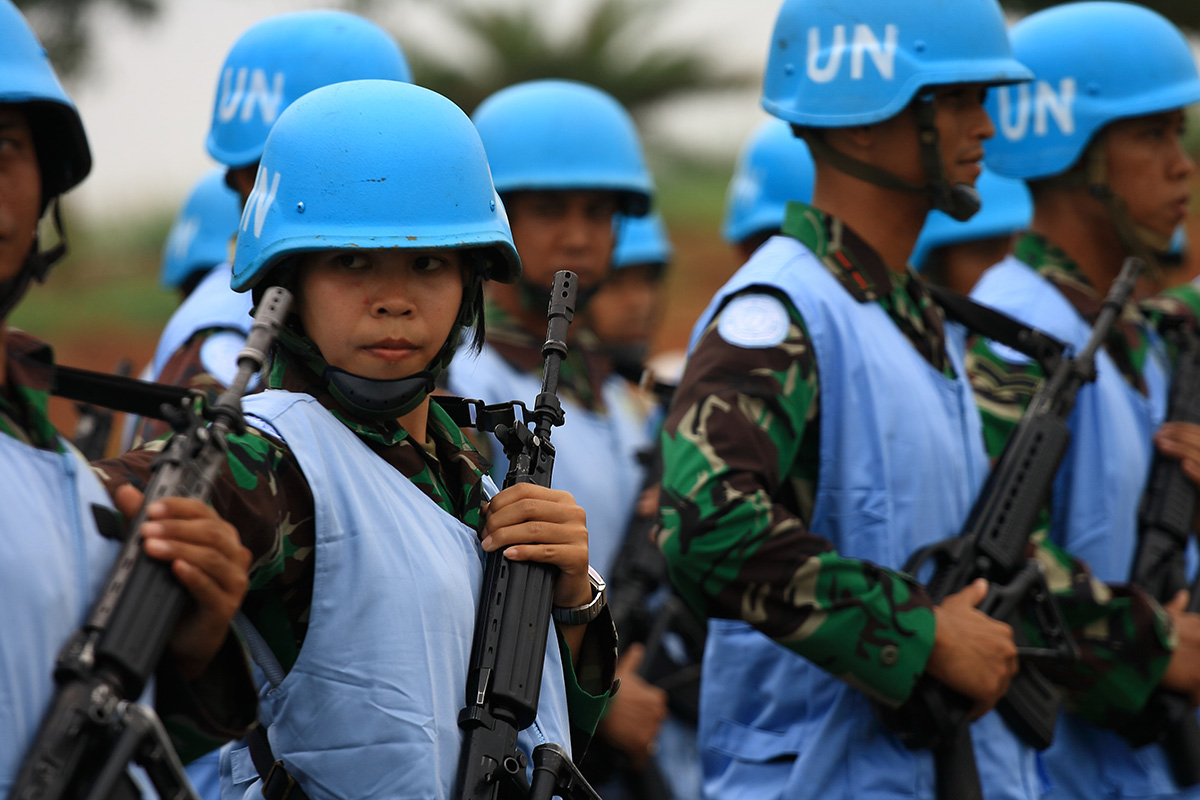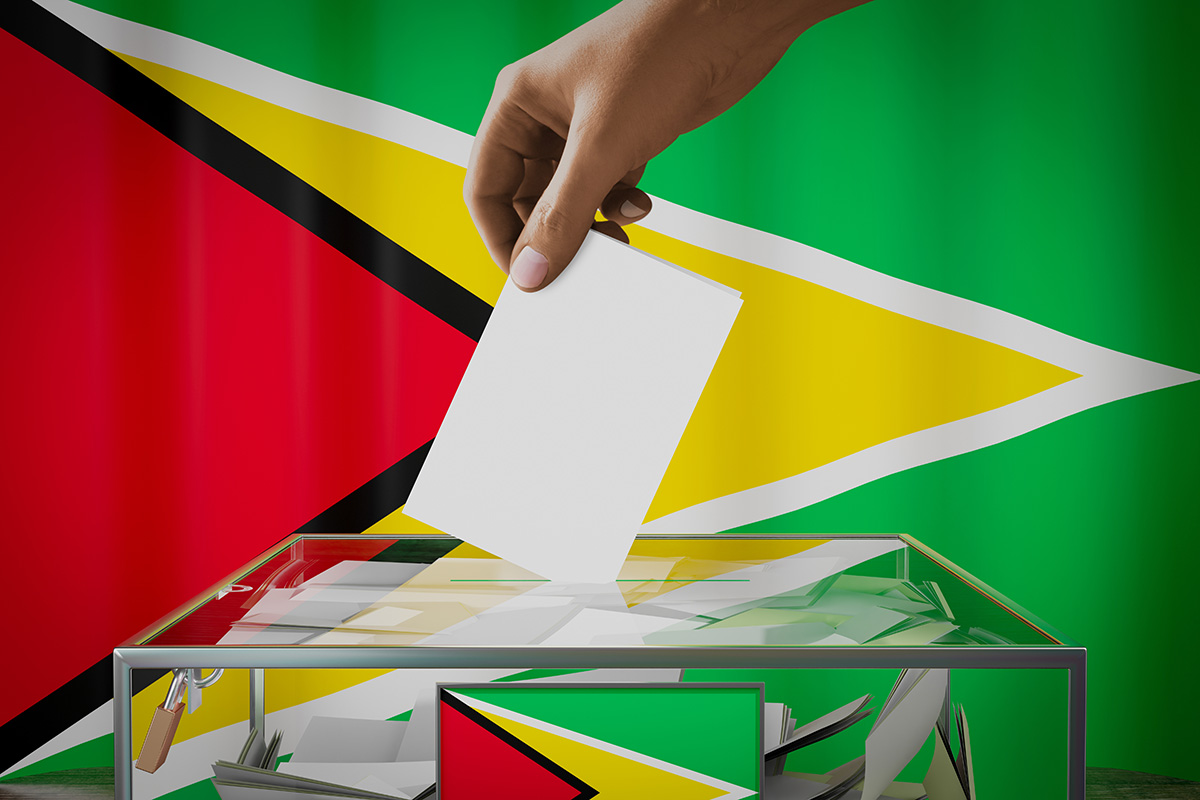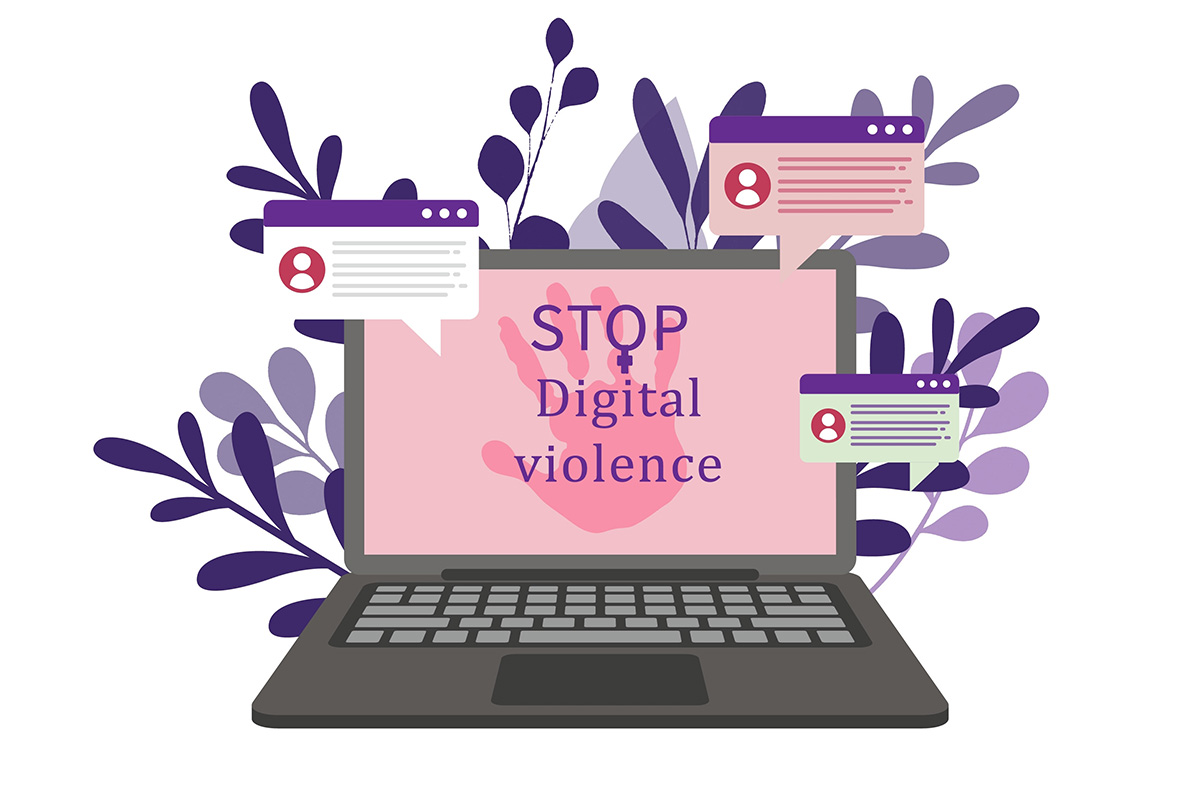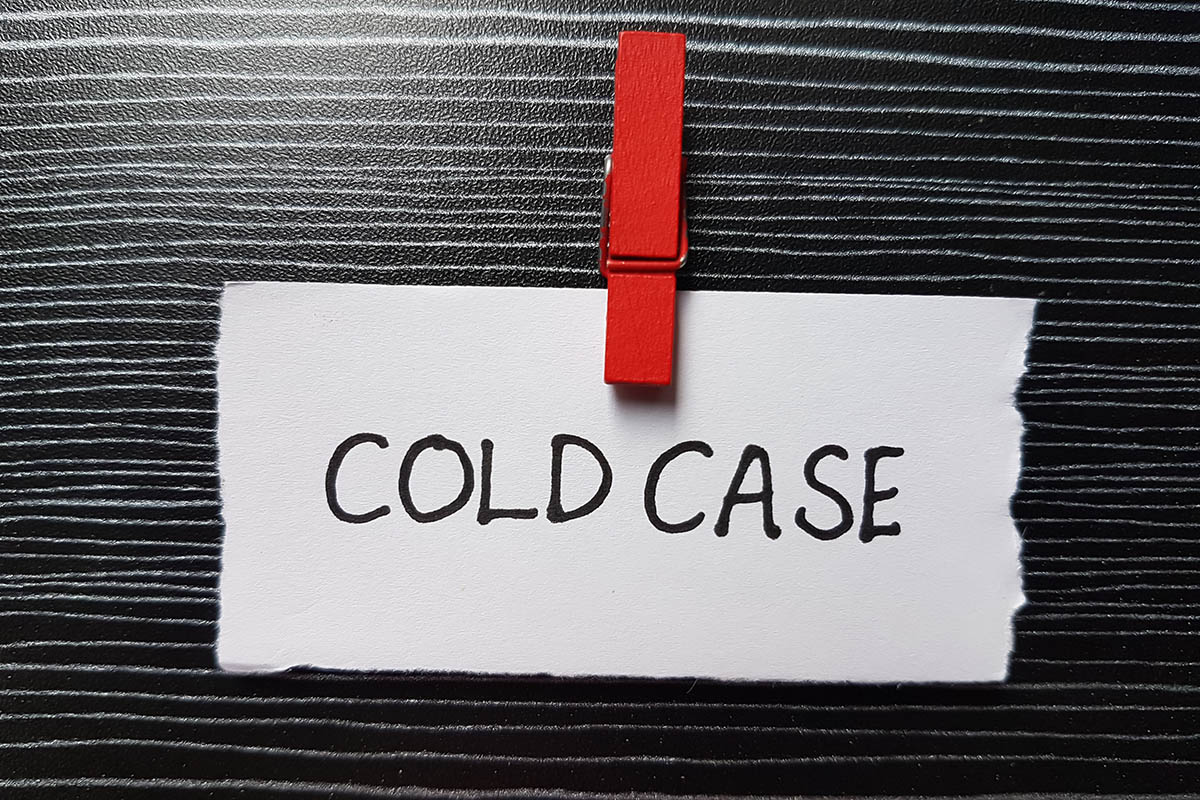Gender Mainstreaming in UN Peacekeeping Operations and the Unseen Peacebuilders
May 29by Lilian Efobi
In 2023, out of the more than 72,000 peacekeepers, women constituted nearly seven per cent of military contingents and 16 per cent of uniformed police units. In 2021, women made up 36 per cent of the government-provided judicial and correctional staff serving in peacekeeping operations.
Since 1948, almost two million men and women have served in the United Nations (UN) Peacekeepers as police, military, or civilians. Tragically, more than 3,500 have lost their lives in the cause of peace. Amidst the conflicts and chaos which plague our world, there are unsung heroes, working tirelessly to bring peace and stability to war-torn communities. Peacekeepers, who are often unseen and unheard, put their lives in danger to help resolve conflicts and safeguard civilians.
UN Peacekeeping personnel are mandated to integrate gender perspectives into their work in compliance with the United Nations Charter, international human rights instruments and Security Council Resolutions, including Security Council Resolutions 1325 (2000), 1820 (2008), 1888 (2009) and 1889 (2009) on Women, Peace and Security.
Gender Mainstreaming mandates the incorporation of a gender perspective in all policies, programs and activities of peacekeeping missions and requests that gender is considered in the structure, resources, and the budget of missions. There must be increased involvement of women at all levels of decision-making in conflict prevention, management, and resolution, as well as in peace operations.
According to Boutros-Ghali (1995), peace keeping missions allow for:
- the supervision of ceasefires
- regrooming and demobilisation of forces
- reintegration of forces into civilian life
- destruction of weapons
- return of refugees and internally displaced persons
- provision of humanitarian assistance
- supervision of existing administrative structures
- establishment of new police forces
- verification of respect for human rights
- design and supervision of constitutional, judicial, and electoral reforms
- observation, supervision, and at times organisation and conduct of elections and
- co-ordination of support for economic rehabilitation and reconstruction.
In all these activities, there should be elements of gender embedment.
Why is Gender important?
Gender refers to the socially constructed roles, behaviours, expressions and identities of girls, women, boys, men, and gender diverse people. It influences how people perceive themselves and each other, how they act and interact, and the distribution of power and resources in society. Due to their gendered social roles, men, women, boys, and girls have varied experiences, viewpoints, and concerns before, during, and after wars and armed conflicts.
Gender is neither natural or biological, and as such, it changes with time and between cultures. It is acknowledged that the labels “men,” “women,” and “ethnicity” do not adequately capture the variety and stratification that exist between men and women, as well as the impacts of age, poverty, colour, class, and geographic location. Examining the impact of gender on power relations, how it manifests and is used, by whom, and how this plays out at various stages of conflict situations is crucial to understanding gender equality in peacekeeping. Achieving gender equality will require change in institutional practices and social relations which has kept women hidden in peace and exposed in conflict to assume peacebuilding roles.
The Unseen Women Peacebuilders
In crises and wars, women emerge as peacebuilders, with a profound sense of responsibility to protect their communities. In Syria and Libya, women who are committed to promoting peace have created circles in both rural and urban areas to facilitate communication and harmony while opposing the propaganda and portrayal of radicalism and militancy.
In Afghanistan’s Herat province, in order to empower the 600 men in her network, which includes imams, village heads, young people, and schoolteachers, Hashina Neekzad has created a discussion and skill-building program that will empower them to settle disputes peacefully and defend the rights of women and children. As a result, there has been a qualitative movement away from violence, and fewer people are joining extreme groups. In Pakistan and Nigeria, The peacebuilding goals are to keep young women and men in the area from joining violent extremist groups by offering them constructive alternatives and integrating psychosocial assistance with social networks, livelihood skills, and religious narratives.
Their communities are the front lines of conflict, thus promoting peace must come from both the bottom up and the top down. Through their efforts, local women have persisted in setting an example for peacebuilding in their communities. We can achieve lasting peace if more women participate in the peace process. While the UN advocates and encourages more women peacekeepers, there is the need for member states to reform peace-making to include peacebuilders, who are an essential counterweight to those who wield power through the barrel of a gun because warring parties reject the demand for the inclusion of independent women’s peace delegations in the process. These Parties take little or no responsibility for protecting populations and their treatment of women is a key indicator will naturally resist those with the weight of moral authority, who represent the real concerns and experiences of communities enduring violence. This further amplifies the ned for the effective implementation of gender mainstreaming policies across boards.
Gender Mainstreaming Mechanism
In line with United Nations Security Council Resolution 1325, gender mainstreaming should include:
- Expanding the proportion of female applicants for UN field operations, particularly for human rights, military observers, civilian police, and humanitarian staff.
- Giving Member States instructions and training materials on the defence of their rights and unique needs of women, as well as on how crucial it is for Member States to include women in all peacekeeping and peacebuilding initiatives through national training programs for military, civilian police, and Peacekeeping Operations (PSO) personnel.
- Ensuring, in part through consultation with regional and global women’s organizations, that Security Council missions take gender and women’s rights into account.
- Asking the Secretary-General to report to the Security Council on the state of gender mainstreaming in peacekeeping operations and all other women-related components of international initiatives.
- Ensure that the protection of and consultation with local women throughout the planning and execution of humanitarian operations is specified in peacekeeping operational mandates.
- Before and during their participation in international peacekeeping operations, all civilian, military, and civilian police peacekeeping personnel should be required to undergo and receive sufficient gender-aware training.
- Back petitions by governmental and non-governmental organizations (NGOs) asking the UN Security Council to mandate that Member States provide annual progress reports and follow-up analyses of the goals outlined in Resolution 1325.
Also, peacekeeping personnel can enhance their capacity to respond to the unique protection needs of the local population, strengthen their planned responses, and play a greater role in upholding fundamental human rights and international standards by applying a gender perspective and gaining a better understanding of the situation. Thus, by taking these steps, the operation’s goals are met, and the likelihood of a lasting peace is raised. Women peacebuilders have demonstrated their abilities to assist communities affected by rebuilding their communities through their roles as counsellors, leaders, caretakers, and negotiators.
In order to ensure that peacekeeping operations are maximizing their potential and efficacy in contributing to the lasting peace, human dignity, development, and rebuilding within nations, it is imperative that women’s viewpoints, knowledge, and lessons learned, be included.
To prevent ineffective interventions that might potentially contribute to instability and alternative forms of violence, those who develop peace keeping operations must identify and comprehend what is shaping and fuelling today’s armed conflicts, the manifestations of violence, the roles of international organizations, programs, and their personnel and the roles of the unseen women peacebuilders, who should be empowered better to continue as peace ambassadors for their local communities and the world at large. That way, peacekeeping can be fit for the future towards a better world.






